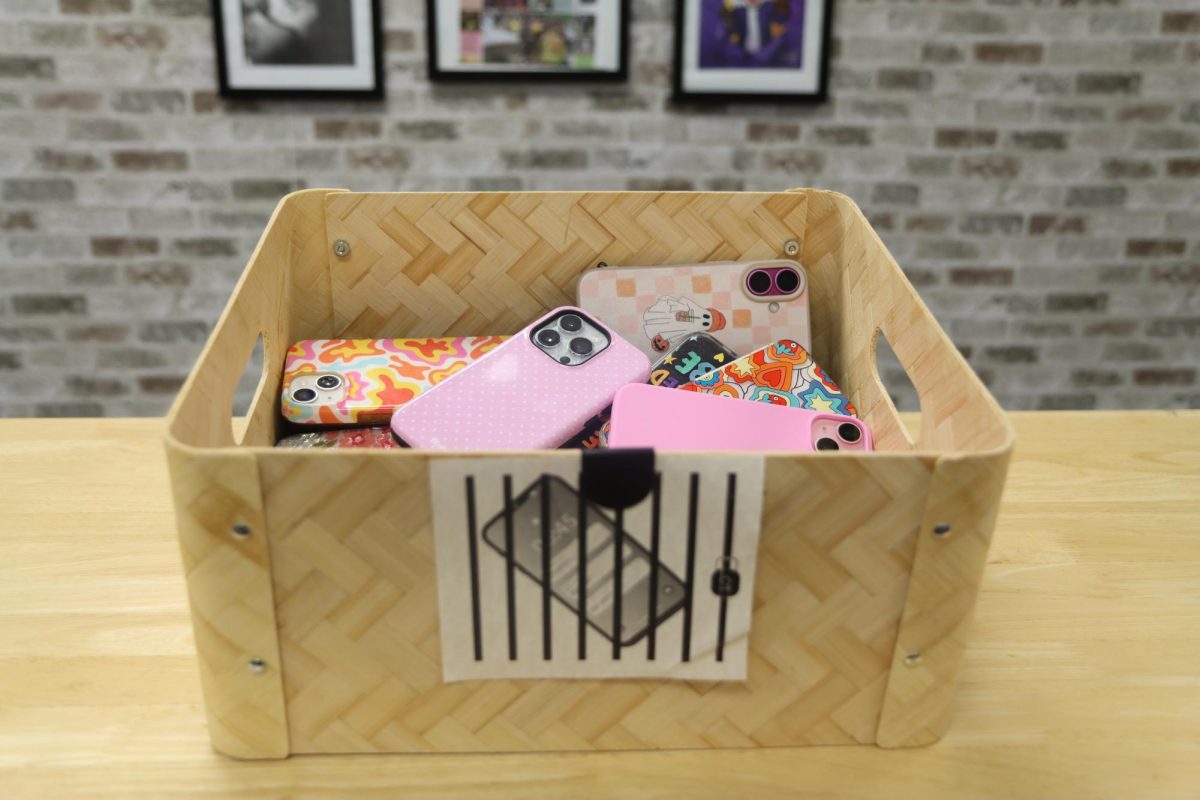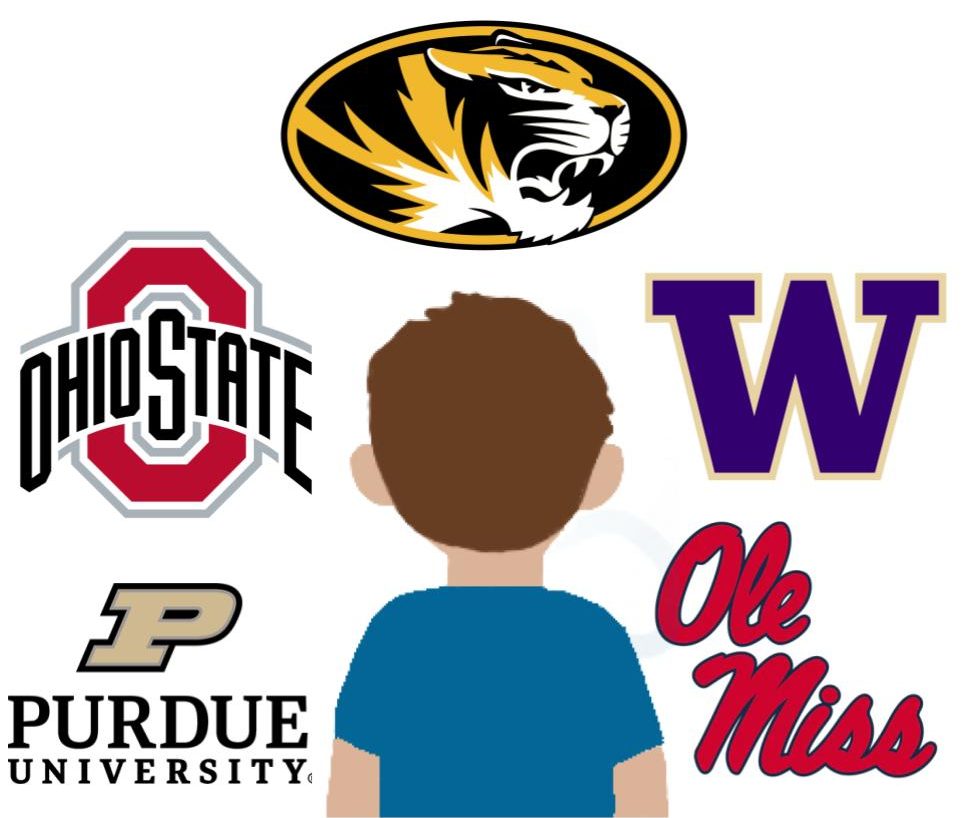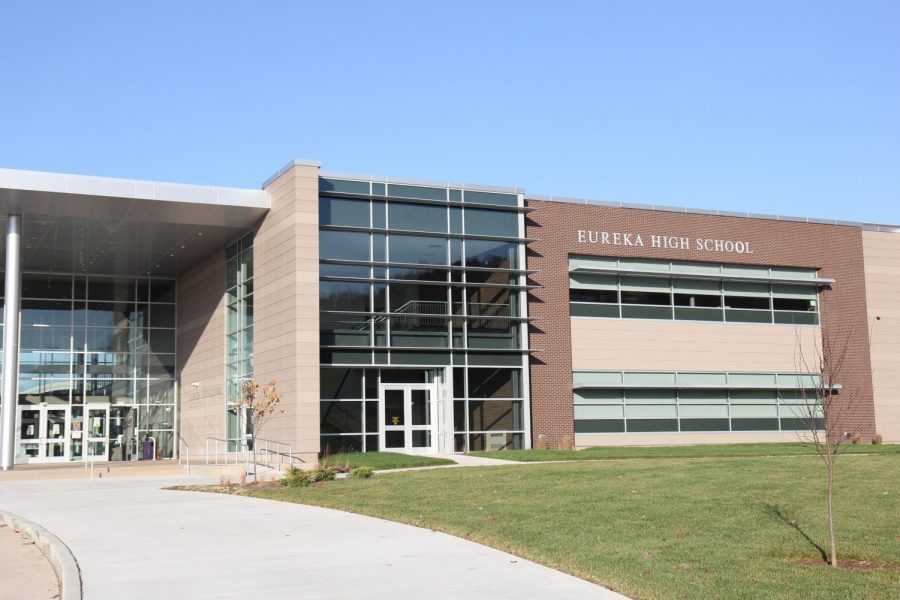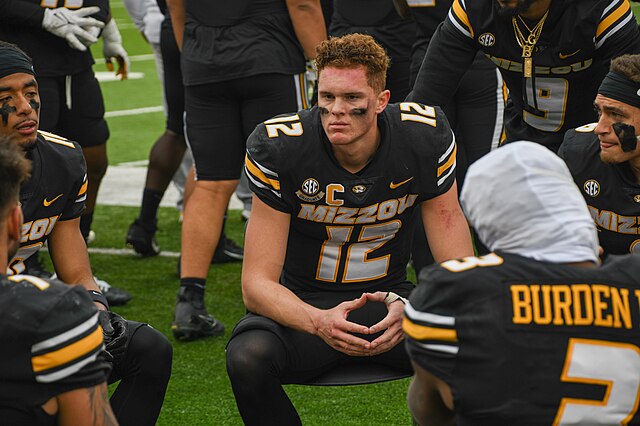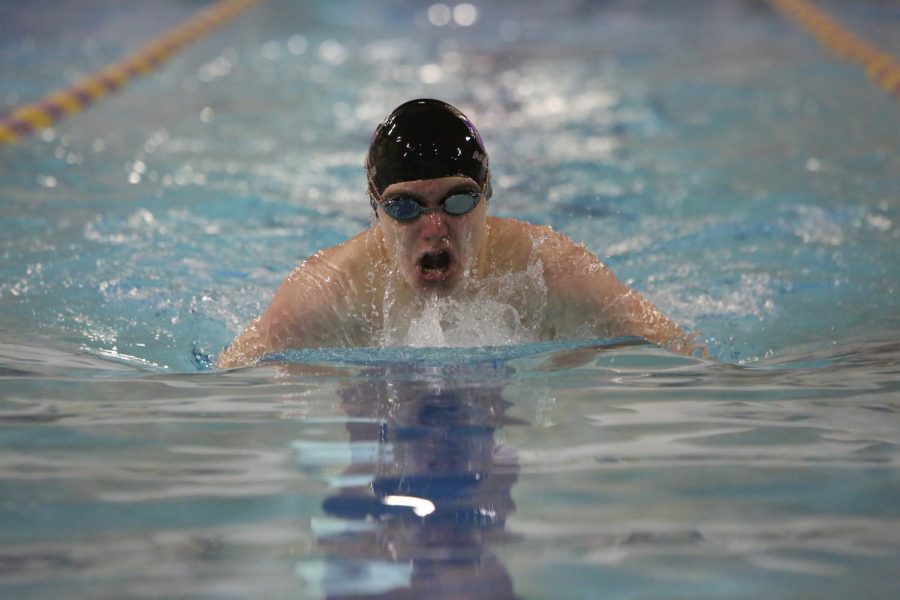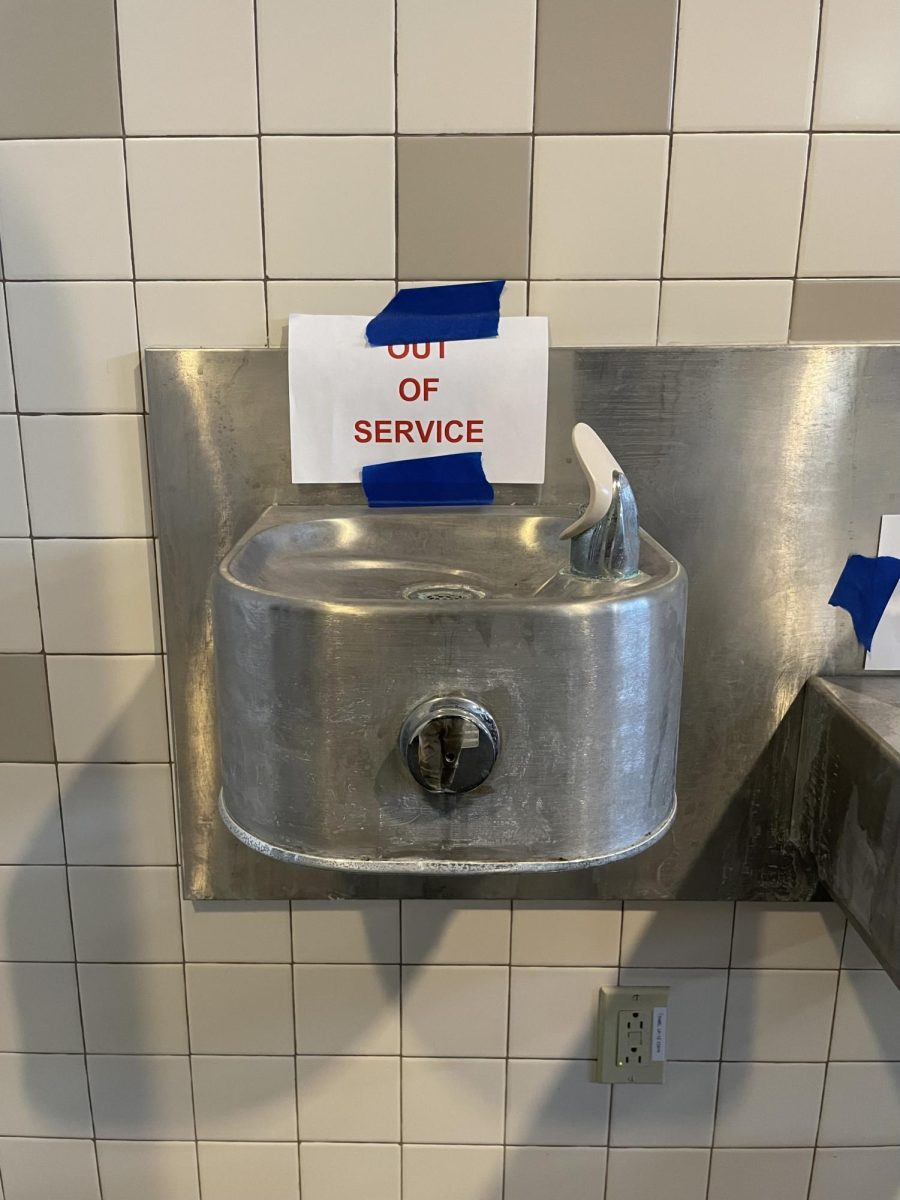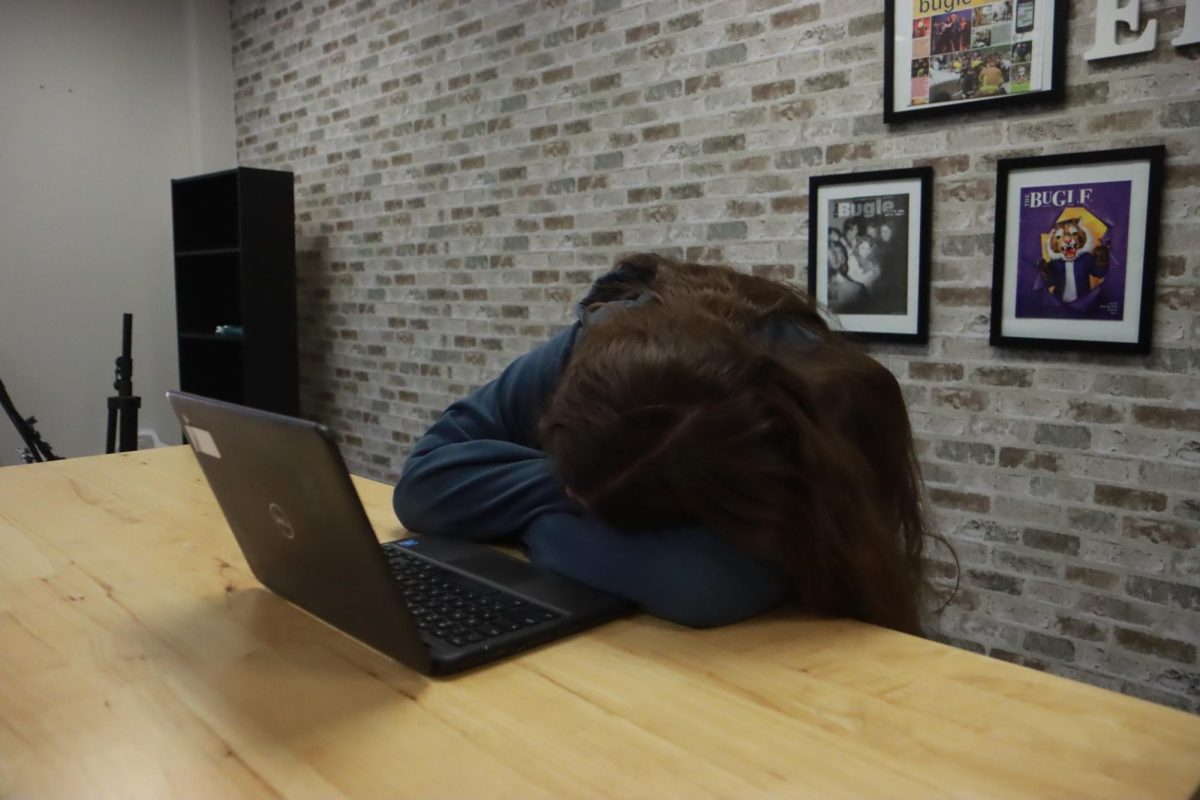A common slogan of Eurekans is, “Don’t drink the water.” It’s not just about taste though. EHS saw an uproar in the late fall of 2023 when SCI Engineering appeared on campus to test water for lead amounts. The results were thought to be staggering, but when investigating the results, there isn’t much to be worried about.
According to a report from Chris Freund, the Director of Facilities for Rockwood School District (RSD), “1,453 water outlets were tested across the district,” and only 13 percent (190) did not meet the new “Missouri statutory requirements of a lead concentration of 5 parts per billion or less.”
The “new Missouri statutory requirements” were introduced in the Get the Lead Out of School Drinking Water Act in 2022 by the Missouri Legislature. The requirements state that “all preschool-12th grade schools that receive state funding have until Aug. 1, 2024, to complete testing at all drinking and food preparation outlets,” Freund said.
Every student, staff and family member of EHS received an email/Student/ParentSquare of the high school’s water testing results. 137 water outlets were tested and 79 percent (108) met the Missouri statutory requirements. Only 29 water outlets exceeded five ppb and the results vary in severity.
Many outlets fall below the Missouri general lead recommendation of below 15 ppb, however, not all of those below 15 ppb meet the new Missouri statutory requirement.
“This is a pretty high bar to meet,” Head Principal Dr. Corey Sink said. “It’s scary though thinking that this water isn’t safe to drink, although EPA says it is. People mention Flint, MI and I think people can go there pretty quickly, thinking this is the same problem. These are things we can correct and, yes, it will take a little time and effort to meet this law, [but] it’s not unhealthy water, it is still within tolerant standards within EPA guidelines.” (The EPA Guidelines state a lead concentration in water below 15 ppb is safe).
Curiously, a few outlets specific to the kitchen stood out, some exceeding the statutory requirements by 10 or more times.
“Kitchen wall faucet – 183 ppb; Kitchen Southwest food line faucet – 66.4 ppb; Kitchen Kettle Faucet – 173 ppb; Kitchen Southwest-Central Food Line Faucet – 52.4 ppb; Kitchen Northeast-Central Food Line Faucet – 65.0 ppb,” according to the report filed by SCI Engineering.
When asked why the kitchen had such high levels of lead concentration, Sink responded, “We don’t know.”
“What we can figure, and this isn’t just looking at our building, but all of the buildings may be that when they were tested, the water there was not used as often,” Sink said. “The working theory is that the water had set in the pipes.”
Several water fountains around the school exceeded the requirement in no particular pattern.
“Pool Water Fountain – 48.3 ppb; Hallway by Gym B Water Fountain – 6.58 ppb; Hallway by Room F133 Water Fountain – 9.99 ppb; Hallway by Room C128 Water Fountain – 40.4 ppb; Hallway by Main East Entrance Water Fountain – 7.85 ppb,” according to SCI Enginnering’s report.
RSD is on “the front end” of this issue Sink said. The deadline for school districts to meet this law is Aug. 1, 2024. Rockwood has already completed testing, almost two months before the testing deadline of Jan. 1, 2024.
“This is a priority for the district to get fixed,” Sink said.


